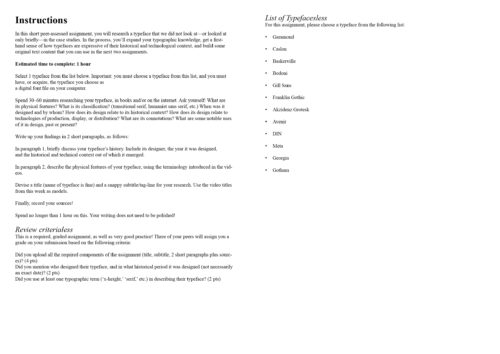
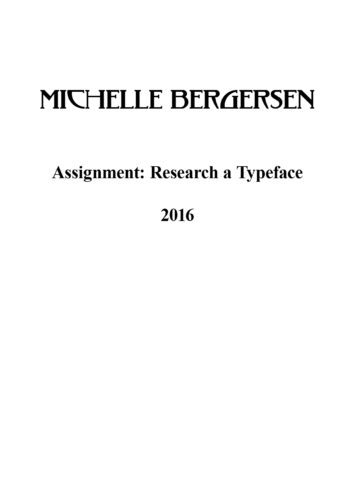
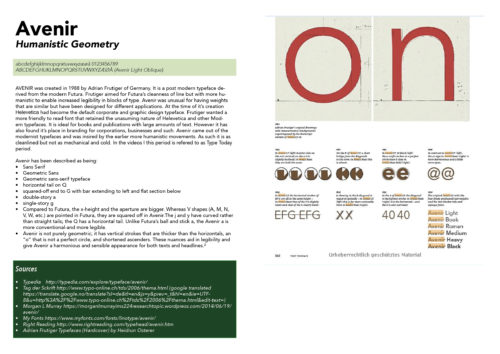
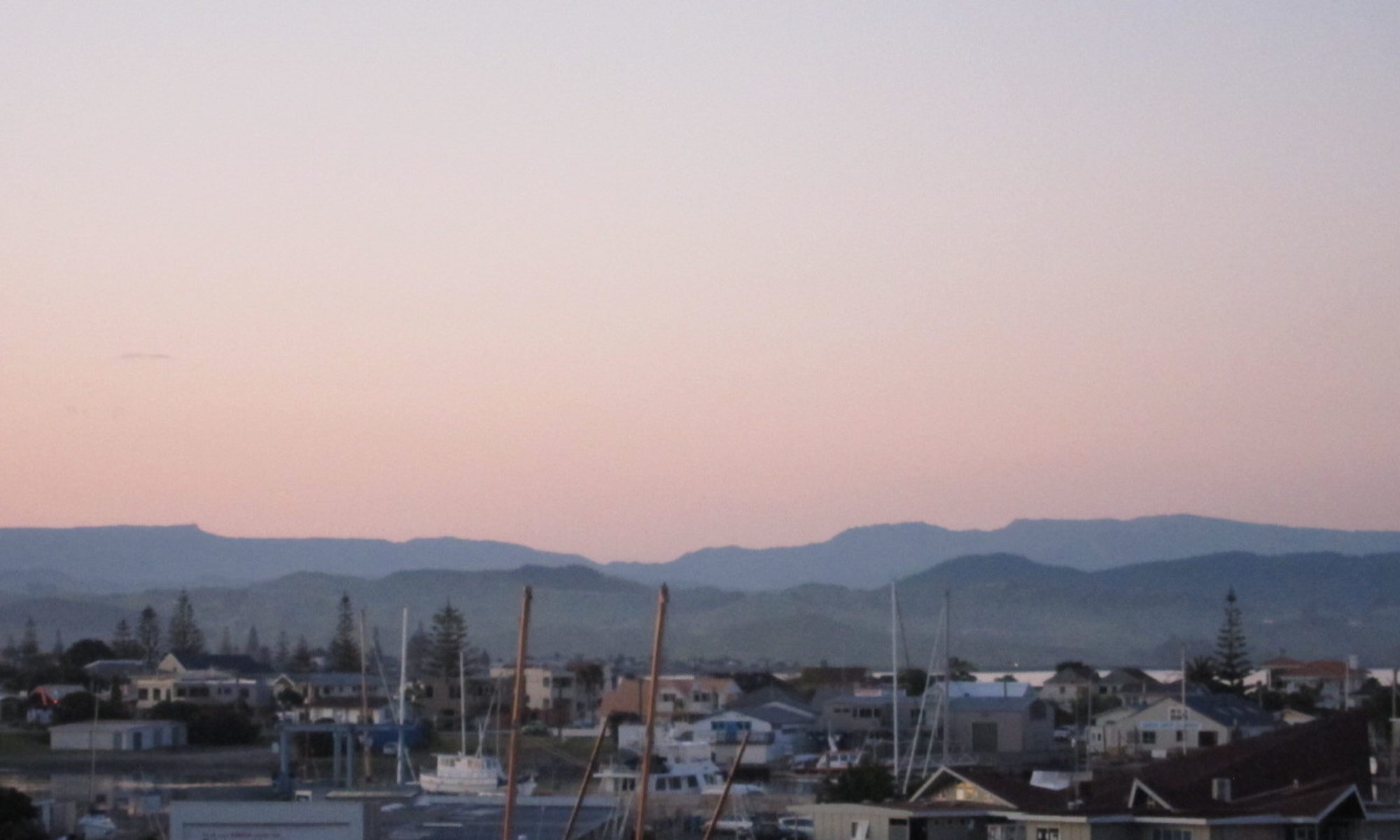
Around the world and back again



So am I in an unusual pocket of humanity or are folks turning more and more to eating a vegetarian diet?
It seems that people I know are one by one turning to a vegetarian diet or from vegetarian to vegan.
People I am meeting and getting on well with tend to be vegetarians.
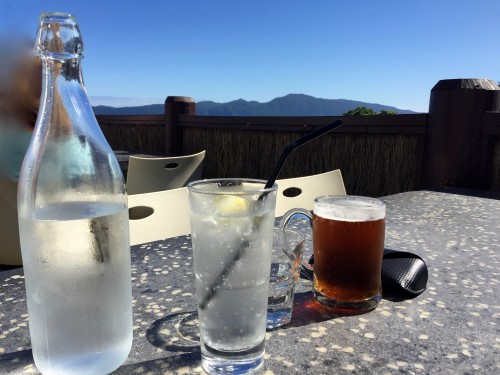
I have been a vegetarian a couple of times, once for a year, and once for 6 months.
I was for another year a raw foodie, which was mainly vegetarian.
Now though I am an omnivore again.
So what I want to know is, is this vegetarian thing becoming more normal or just a local phenomena?
The Haka fills me with fierce pride when I see it done, and done well.
It’s not just done at the start of a rugby game by the All Blacks. And there is more than one Haka around.
But, the Haka (Ka mate, Ka mate) performed by the All Blacks is the most iconic, and while boys are often taught it at school the girls will pick up as much as they can from overhearing them being taught or seeing them practice on the playground.
For me, Scottish born and moving here at age 4, it is still a huge part of what I consider my culture and heritage.
Maybe it’s as the Scots and the Maori have many similarities in their culture. I think, however, it is because I have learned the songs and dances at church and at school. Because the All Blacks perform the Haka with such fervor and enthusiasm that it sweeps you up n it.
Because I have grown up in the culture and it has thereby been part of what has shaped me as an individual.
I have been to graduations where family members perform a haka as their “child” walks to receive their certificate and it fills my heart with pride and brings happy tears to my eyes.
Whatever else the haka is to anyone else in the world, the haka to me is part of my life’s blood. It is a part of who I am, and I am glad of it and glad of all of those who have kept it alive.
When I was aged 9-10 Mr Crimp was my teacher at school. He was an all round cool teacher. You know the ones that motivate you to learn, keep good discipline and yet a sense of fun in the class. I miss those Fielding days.
One of the things he did was every few weeks he would add a poem to our poem book and our task was to first draw appropriate art work by the inscribed poem and second to memorise the poem.
Memorising was one task I took to easily in school. Nether indoor nor outdoor pursuits of any other kind could see me shine as well. Okay I could silent read well above my spelling level but teacher till then had mostly put this down to my pretending to be able to read at above my spelling level. Mr Crimp on the other hand quizzed me on what I had read and then was satisfied I was reading.
But, I digress.
Memorising poems was they way I could publicly be seen as successful in some regard. I was a late bloomer academically and maybe it was the confidence I gained with these poems that let me attack other learning skills at a later date.
I came across one of those poems today on twitter and it brought back the memories. I “lost” my illustrated book of poems many years ago in what I will call a sibling accident. Which sibling and how accidental the scissored pages and the destruction of those said pages were, I have no idea. But lets call it that.
Back to my original theme.
The poem I was referred to by twitter was contained in an article entitled “Why we should memorize Poetry” by Brad Leithauser, in the New Yorker. It was:

The Eagle
by Lord Alfred Tennyson
He clasps the crag with crooked hands;
Close to the sun in lonely lands,
Ringed with the azure world, he stands.
The wrinkled sea beneath him crawls;
He watches from his mountain walls,
And like a thunderbolt he falls.
It made me want to recreate that book, at least in spirit. I remember some of the poems well even now, but some have become hidden in the background of my memory, like the eagle. Once I had the first line most of the rest of it flowed back to me, bright and pure as first I learnt it and rich with the feeling of an old friend rediscovered.So here is my reconstructed book of poems and my thanks to Mr Crimp.
The first poem in the book has never left me. You always remember your first. But who wrote it is long forgotten, remembering names has never been my strong suit. I even forgot my own once, but that is another story. If you know the author, please let me know.
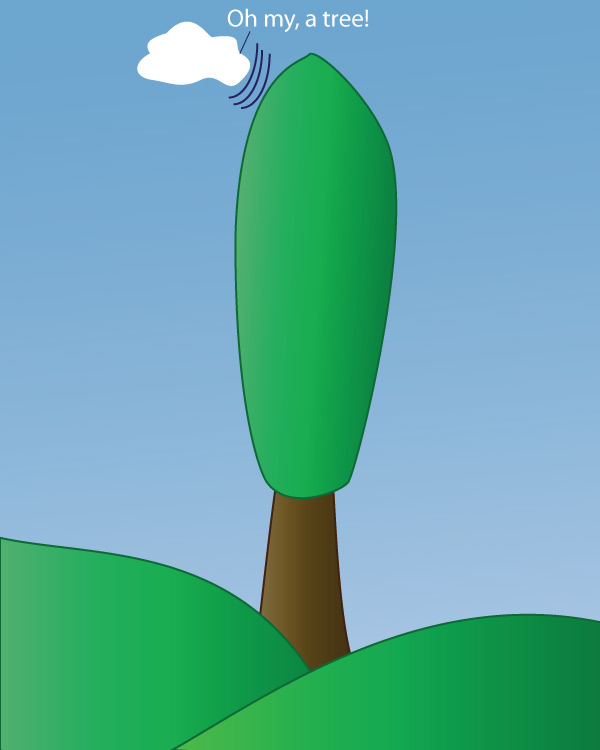
The Poplar Tree
If I were a tall tree,
I know what I would be.
I’d be a poplar growing high,
I’d grow so high I’d touch the sky.
I’d grow and grow and grow,
And wobble to and fro.
And how surprised a cloud would be,
To bump into a poplar tree.
I have been trying to get my creative juices going of late and produced some art works. Some of which it is obvious I am learning new skills and the piece needs work still. Others that I am quite pleased with.
I am happy to be learning new skills and I am happy to share my better pieces with the world. So I have added them to various sites on the net. The latest is Red Bubble.
I have been exploring my creative side of late and trying to increase those skills and skills with programs to assit that creativity. I have been trying both photography and making my own art from scratch.
To get some feedback and possibly some money I put some of these up on sites on the internet.
The first place I thought about was Threadless, I have bought Tees from there for a few years now and enjoy rating other peoples art when I need a wind down type task at the end of the day or when I am sick. However, I discovered they have a “daughter” site called Society6, where the art is put on prints, hone cases and skins, cards and laptop skins. So I tried that out and have found it fun. I have even sold a whopping 3 phone cases, retirement here I come, LOL.
More recently I found Behance which looks good but I am still trying that out. Most recently I have discovered Fine Arts America, which by no means is a site for Americans only. It has artists from all over the world. I like it’s format of uploading pictures better than Society6, but you are limited to 25 pieces of art on a free account. Today a paid account is $30 a year, which does not seem steep to me if you sell stuff on there. I have reached my limit there and it’s too early to tell if it’s a good place for me to sell art. However what I also like about the place is the feedback I have been receiving.
Society6 is a very supportive place to post art to. Any comment I have ever received has been positive, so it seems if people there so not like your work they do not vote it up and they do not comment. This is a nice way to start putting your art out into the world as you are gently supported. However most of the comments are general and do not say what is working. Whereas on Fine Arts America, while the comments are still in the positive (so far) they are more specifically tailored to the piece itself, which I find useful.

The whole site feels very professional, it has groups dedicated to different artistic visions and styles and you only need to upload one file to the site and it handles putting that on a range of mediums from cards to metal prints and canvas prints, it even allows you to sell original artwork if you wish.
The beauty of Behance on the other hand is its a well recognised name and it allows you to direct people to your art where ever you are selling it or just to post pictures of you work to build your artistic portfolio as a designer, architect or artist. So it is not a sell only website.
I am having fun connecting to my creative side, if you have any suggestions on where to sell art please leave a comment.
I am subscribed to Brain Pickings as it has interesting short articles on literature, quotes, science etc. Today I read one of their articles on sleep and depression. How depressed people have a different sleep cycle to the norm, and how this effects them. The article was based on infrmation from the book The twenty-four hour mind: The role of sleep and dreaming on our emotional lives by Rosalind D. Cartwright. A good excerpt of the book is on google docs, the book is for sale on Amazon, Barnes and Noble, Better World Books, Bokkliden, eBooks, FishPond, and many more.
I have not read the book but I plan to as it sounds facinating. I read Dream Power by Dr Ann Faraday, when I was a young teenager and have been facinated by sleep and dreams ever since. Dream Power tells you scientifically how to interpret your dreams. This new book will update that old knowledge I have from Ann as lots will have happened in teh field since I was a teenager. I look forward to reading how different sleep and dream patterns effect our daily lives and maybe learn how I can sleep better and be healthier and more focused in daily life from having refreshing sleep.
My twitter feed enticed me with the line “Human activity triggered fatal Spanish #earthquake” I had to read the article.
To summarise the article:
There was a fault line which had pressure built up in it. In other words there was going to be an earth quake or more likely many small earthquakes slowly releasing pressure. The Lorca earthquake on 11 May 2011 was unusually shallow and was one large quake. Shallow quakes cause more damage than deep quakes.
If you or your partner have had a baby born after induction, you know that the labour is quicker than a natural birth. The pains come quicker and harder. Well with humans draining large amounts of ground water for irrigation, this worked a little like inducing a baby. The earthquake cam quicker and more violent than if it had occurred naturally. That meant more loss of life and injuries on top of more damage of homes and buildings.
The only upside to the whole thing is that seismologists gained information which might help assess the potential for triggering such earthquakes in future so we do not trigger worse earthquakes than would occur naturally, and maybe in the distant future we may even learn how to trigger small, deep earthquakes to release pressure even slower than nature does and prevent disasters. We can only hope.
Depression and other ailments have been treated by artificially raising serotonin in the brain ie by using drugs. However, latest research shows that there are a number of alternate methods for doing the same thing.
The first way is commonly used for SAD (seasonal depression) but is now being used for other forms of depression as well. Bright light, raises the serotonin in the brain and the sun is the best source of bright light. Until recent times we humans were outside, hunting or farming for a great deal of the time and this is thought to have contributed to the lower rates of depression in these times.
Another natural agent which raises serotonin has been found to be exercise. This is especially so when you exercise to the stage of fatigue. So I am guessing a good brisk walk on a hilly path would be better than a light stroll around the shops.
Tryptophan also seems to increase the brains level of serotonin. Tryptophan is an amino acid and is found naturally in a number of protein foods. Not all foods provide tryptophan that makes it to the brain however and there is thought that certain foods should be bred to provide more. In other words we should not so much think of making lots of food but growing healthier food.
The research even suggests that we have inately choosen varieties of food or cooking methods in the past that increase the available tryptophan. For example wild chick peas have less available tryptophan than cultivated varieties. Corn in South america was cooked wth an alkalai which enable more tryptophan to be absorbed by the brain, but this practice did not follow corn as it moved out of south america.
The research suggests that we should spend more time looking at natural solutions rather than pharmacueical solutions and we could have a happier healthier population.
Original source: How to increase serotonin in the human brain without drugs by Simon N. Young